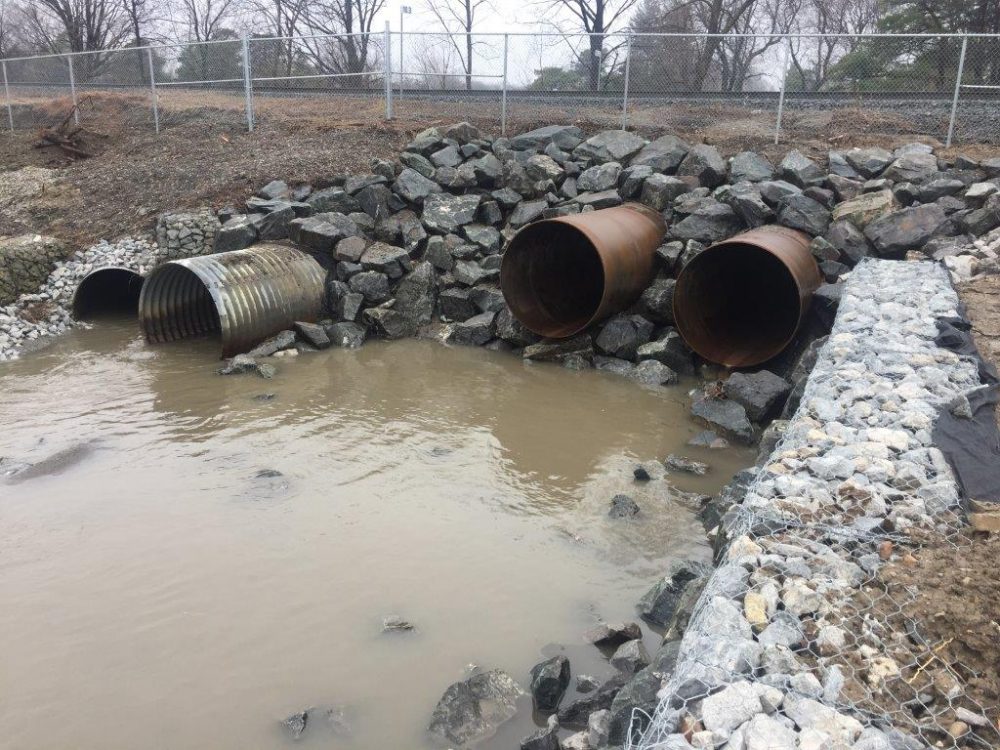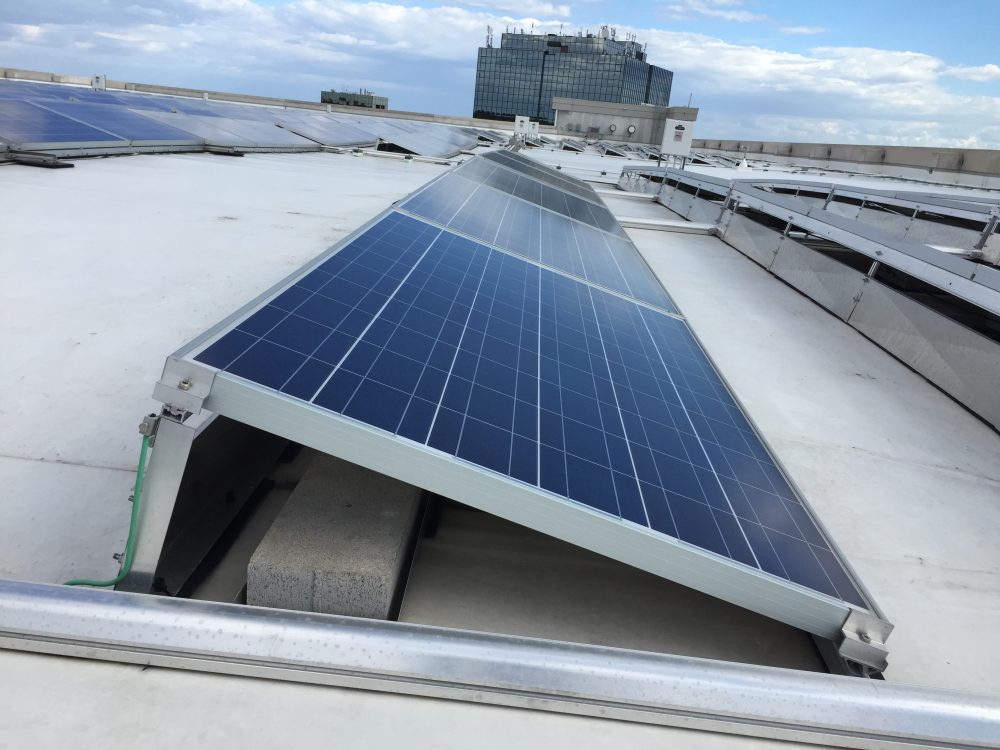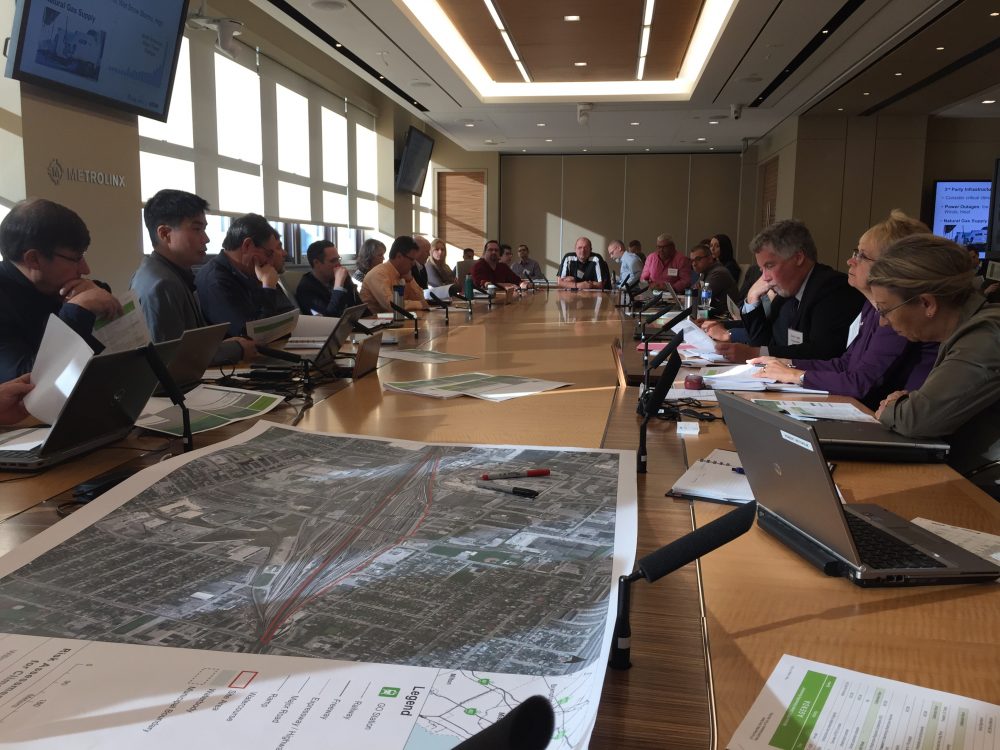Blog
Extreme Weather and Transportation: Adapting to Reality
June 19, 2018It was five years ago when torrential rain began to pour down, just as commuters in the Greater Toronto Hamilton Area (GTHA) were heading home. It turned out to be more than just a storm passing through, but an extreme weather event with consequences.
The Richmond Hill GO train that runs alongside the flood prone Don River left Union Station to head north. Shortly after it became clear that the corridor was impassible, water began quickly entering into the train and was rising quickly. The train ended up being stranded as water just kept rising. More than 1,000 passengers couldn’t be rescued for hours. It was enough to make change and determine how better to deal with events like that in the future.
Whether they are ice storms or heat waves, those of us living and working in the GTHA, have seen our fair share of extreme weather events in recent years.

Daily routines have been disrupted by increased temperatures, excessive rain and wind. We’ve seen major property damage, power outages, floods and everything around us come to a stop. Literally.
Transit in the region often feels the brunt of major weather systems and service can immediately be affected. Extreme heat warps train tracks and causes delays. Freezing rain forces signals to malfunction and can also cause power outages. Flooding prevents vehicles from moving through. As a result, changes are being made and plans have been created to adapt accordingly.
“We must be prepared for increased severe weather and reduce the risk that it presents to our customers,” Chief Planning and Development Officer for Metrolinx Leslie Woo said. “We must take a thoughtful approach to acknowledge our changing climate.”
We realized just how vulnerable GO Transit operations can be in certain circumstances and immediately started taking precautionary measures.
Embankments along rail corridors have since been rebuilt and reinforced to reduce flooding, for example, including next to the Lower Don River. Culvert sizes and storm water capacity are now increased in different locations to help prevent washouts.
Monitoring conditions have been improved with weather forecasting, sensors, real-time stream levels and flood conditions at track level to reduce vulnerabilities.
Rail installations are now done at a higher temperature to avoid track warping and what are known as sun kinks in the extreme heat, which have a direct impact on service.
If there’s ever a prolonged power outage or blackout, upgraded standards for back-up generation are now in place at stations and facilities.

“There are lots of good things that are happening,” said Quentin Chiotti, a senior advisor for the Metrolinx sustainability program. “We are doing things in direct response to extreme conditions and also building other processes that could help inform how we go forward.”
Planning and building a $43-billion transit infrastructure program in the GTHA means preparing for even more extreme weather events to come. Winters are expected to be warmer and the number of hot days during the summer is projected to double over the next couple of years compared to what we experienced on average between the years 1981 and 2010.
“We know a lot,” Chiotti said. “Based on best practices through the international scientific community, we have done our projections.”
In the recently released Climate Adaptation Strategy, we not only offer rationale for resiliency and adaptation but provide direction on how the effects of extreme weather can be managed.
Forty key actions have been outlined to prepare for and address the issues that lie ahead. Some of them have been in the works already. Others begin now.
Among the action items identified is the need to collaborate with regional conservation authorities and municipalities for more research. Protocols that are now in place for extreme weather response, including emergency preparedness and communications, will also be updated. Creating greater awareness both within Metrolinx operations and among interested stakeholders is a top priority as well.

Customers will soon be able to see changes first hand, in the palm of their hand. The ‘Triplinx’ app for mobile devices already helps people find the best routes to where they need to go. Real-time information about extreme weather disruptions will be incorporated to offer safe and reliable alternatives.
No matter the conditions, we are now including resiliency into how we plan, build, and operate regional transportation.
Trains, buses and light rail vehicles all need to keep running, so everyone living and working in the region can get around, no matter what kind of extreme weather hits.


